Call us: +975 77 75 42 22
PARO
Paro valley extends from the confluence of the Paro Chhu and the Wang Chhu rivers at Chuzom up to Mt. Jomolhari at the Tibetan border to the North. This picturesque region is one of the widest valleys in the kingdom and is covered in fertile rice fields and has a beautiful, crystalline river meandering down the valley. Accentuating the natural beauty are the elegant, traditional-style houses that dot the valley and surrounding hills. One of the distinctive features of Paro town is that it is situated in a flat valley bottom and follows a grid-like pattern. The central plaza is adorned with a large prayer wheel and a small amphitheater where events are held throughout the year.
BUDDHA POINT
The Buddha Dordenma is located on a hill known as Kuenselphodrang Nature Park, overlooking southern Thimphu valley. It is one of the largest Buddha statues in the world, standing at 169 feet (52m), containing 100,000 8 inch tall and 25,000 12 inch tall bronze Buddha statues inside. What is not known to many people viewing the statue is that, they aren’t actually looking at one Buddha; they’re looking at 125,000 buddhas. Apart from commemorating the 60th birth anniversary of the fourth king, His Majesty King Jigme Singye Wangchuck, the statue also fulfills an ancient prophecy dating back to the 8th century AD which states that that a large statue of either Padmasambhava, Buddha or of a phurba would be built in the region to bestow blessings, peace and happiness on the whole world. Additionally, the statue is mentioned in the ancient terma of Guru Rinpoche, a.k.a. Padmasambhava, himself, said to date from approximately the eighth century, and recovered some 600 years ago by terton Pema Lingpa.
The park conserves 943.4 acres of forest area that surrounds the Buddha Dordenma statue and houses two public outdoor gymnasiums which opened in 2015. It is also used to conduct religious activities for the public.
TAKIN RESERVE
The Motithang Takin Preserve, located in Thimphu, Bhutan is a wildlife reserve area for takins (Budorcas taxicolor), the national animal of Bhutan. The reason for declaring takin as the national animal of Bhutan is attributed to a legend of the animal’s creation in Bhutan in the 15th century by Lama Drukpa Kunley, popularly known as the Divine Mad Man after he agreed to conjure up a miracle provided he was fed for lunch, a whole cow and a whole goat for lunch. Once served, he devoured the food of both animals and left out the bones. He then took out the head of the goat and fixed it to the skeleton of the cow and brought it to life. The animal was then given the name dong gyem tsey (takin). Since then this animal has been a common sight in the hills of Bhutan. Because of this magical creation with high religious connotation, the animal has been adopted as the national animal of Bhutan.
It’s worthwhile taking the time to see these oddball mammals. The best time to see them is early morning, when they gather near the fence to feed.
MUSEUM
The museum is located in Thimphu and was established in 2001, providing visitors with fascinating insights into the Bhutanese way of life. The Folk Heritage Museum is set inside a three storied, 19th century traditional house giving you a glimpse of the traditional Bhutanese lifestyle, in addition to artifacts from rural households. The activities of the museum follow a seasonal rhythm, just like the activities of a true rural household, offering you something new to see every time you visit!
The museum does a remarkable job of recapturing the rural settings and ambiance of a traditional household by setting up paddy, wheat and millet fields, a traditional water-mill with mill stones more than 150 years old, traditional style kitchen gardens with vegetables that were typically grown and consumed in the past 100 years and even a traditional hot stone bath which are quite famous throughout the country. In an effort to maintain our knowledge of indigenous natural resources, native trees and plants that had domestic uses in a rural Bhutanese household has been planted, creating an oasis of greenery, right in the heart of the capital.
CENETARY FARMER'S MARKET
Located below the main town, near the Wang Chhu River, Thimphu’s weekend market is by far the largest domestic market for the farmers in Bhutan. The Centenary Farmers’ Market (CFM) was established in 2008 with the mandate to provide a platform for Bhutanese farmers to sell their agricultural produce and its products in a vibrant marketplace. The Royal Government of Bhutan established the existing infrastructure as part of National Celebrations of three significant milestones in the country’s history: 100 years of Monarchy, the Coronation of His Majesty the Fifth King, and the First Democratic Elections.
Farmers come from all over the country to sell their farm produce in the market. With its wide assortment of fresh and organic produce, the Farmer’s Market has become a must visit site for tourists, and a place to come across old friends for the locals. Across a cantilever footbridge, Kuendeyling Bazaam, to the west bank is a collection of stalls selling clothing, textiles and handicrafts
